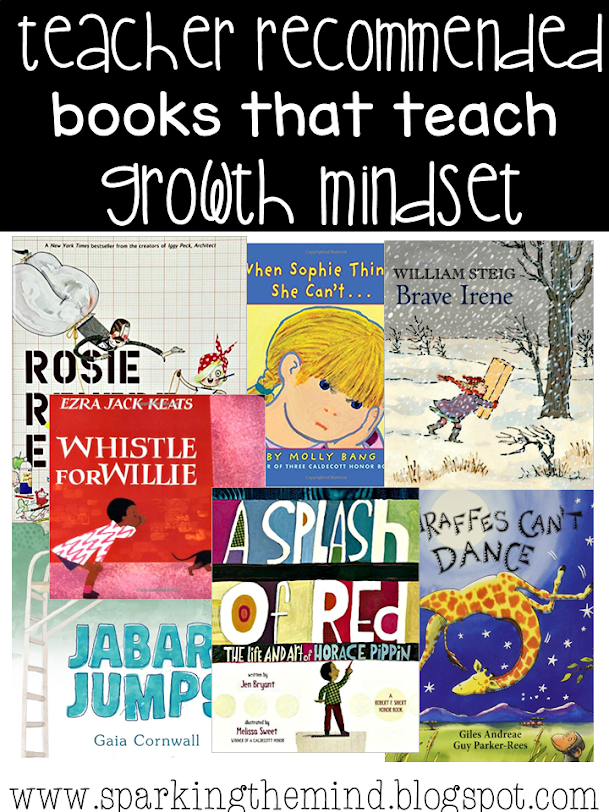Closing the gap between the language rich and the language poor is of upmost importance for educators.
A proven way to shrink the literacy gap between the "rich" and the "poor" is by explicitly teaching vocabulary words. Research supports that teachers should be directly teaching 3-5 words per text selection and teaching them in a way that students "own" the words.
Owning a word means you have a deep understanding of the word. You can pronounce the word. You understand it's meaning. You have the ability to use the word during conversation and in writing. An owned word is one that is a member of your personal lexicon.
Vocabulary instruction is important for all kids, but it is vital for students who have under developed vocabularies.
Teaching students vocabulary terms should happen before a text selection is read, and should be done using the following routine.
1. Pronounce the word, write it and read it.
Always introduce a word orally first. Kids need to know how to correctly pronounce the word. Say it, and have them repeat it back to you. If the word is multi-syllabic, talk about the syllables and say the word in syllable chunks.
Next, write the word. Say each sound, or each syllable as the write the word for all students to see.
Example: Our new word is plain. Class, say plain. How many syllables does plain have? Lets clap the syllables in plain. How many sounds does plain have? Lets tap the sounds in plain. There are two spellings for the word plain.....plane and plain. We are going to learn about plain, spelled p....l.....a....i.....n. Plain is an adjective (which means it describes a noun).
2. Tell students what the new word means
Use a student friendly definition of the new word. This ensures that students understand what the new word means. However, after a student friendly definition is given....don't be afraid to elevate a student's vocabulary by giving a more technical or advanced definition.
Additionally, talk to the students about word origin. Point out prefixes, suffixes or any base words that may exist.
Finally, give students a more concrete way to grasp the word by showing pictures, video clips, demonstrating an action or providing a hands on experience. It is always best to find real images to share as opposed to clipart images.
Example: Plain means ordinary. Something that is plain is not flashy. Plain looks like this:
3. Say more about the word and give examples
Once students have an understanding of the new word's meaning, use the word in several sentences. These sentences should help students further understand what the word is and what it isn't.
Example: If I wanted to use plain in a sentence, I could say: My outfit is plain today because it doesn't have a lot of colors. Or, I enjoy eating plain yogurt that is only one flavor and doesn't have any mix-ins.
4. Ask Questions about the Word's Meaning
Ask students yes and no questions about the word to really help the meaning sink in.
Example: Students, are the outfits you are wearing plain? Is your bedroom at home plain? Do you like plain food, or food that doesn't have a lot of spice or ingredients?
5. Provide opportunities for students to use the word
To help students truly "own" a word, they need ample opportunities to use the newly acquired term. Encourage students to use the word in writing and speaking activities. Have students write sentences using the word, or share a sentence verbally.
Example: Students, I want you to think of a sentence using our new word plain. After some think time, have students hand up, stand up and pair up to share their sentence with a partner.
Interested in seeing the vocabulary routine in action? Check out the following clip of explicit vocabulary instruction taking place in a kindergarten classroom.















